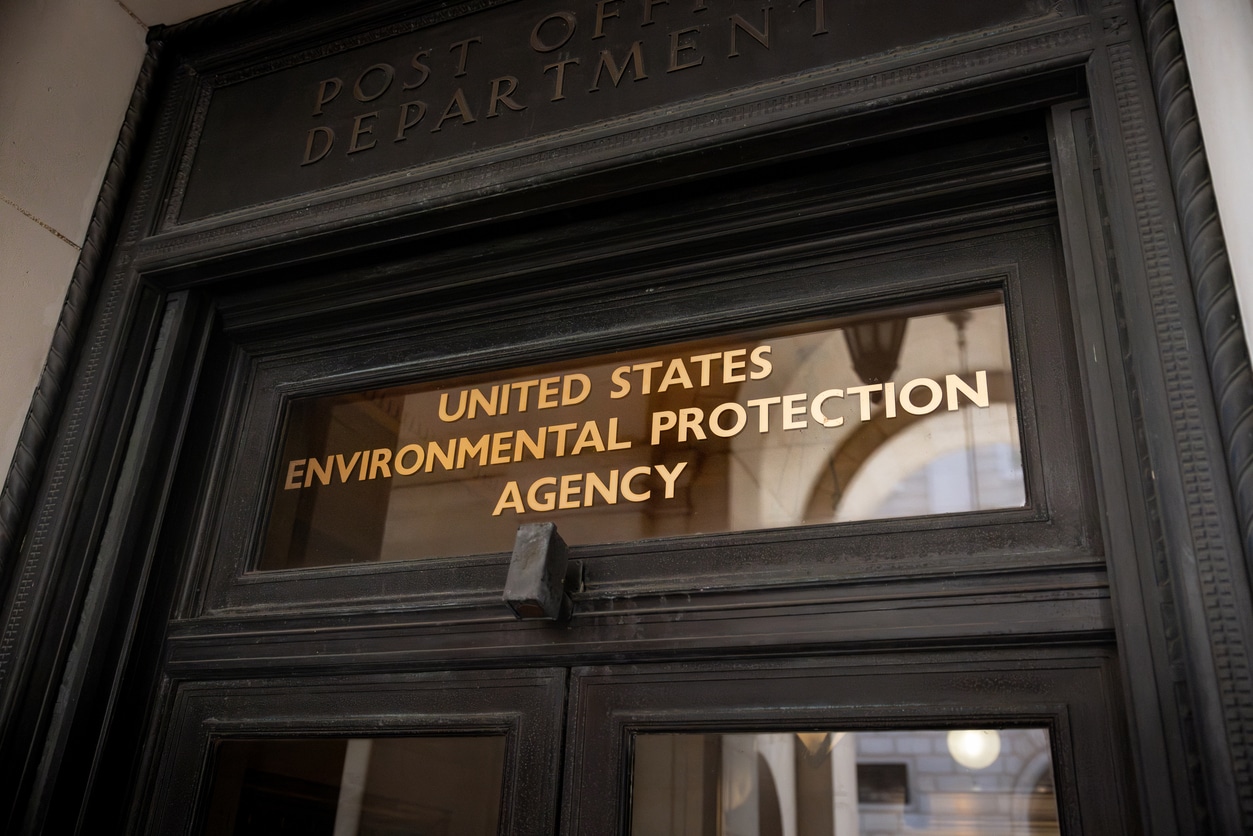
Image by COD Newsroom via flickr, CC BY 2.0.
How would the trajectories of children’s lives change if they knew that their state, their community and their parents were investing in their future success for as long as they could remember?
Creating Children’s Savings Account (CSA) programs are not just about addressing soaring tuition costs or putting away a few hundred dollars each year—it is about instilling the message that every child has the potential for academic success and economic mobility, regardless of where they come from or their family’s finances. Children develop expectations about their higher education plans as early as elementary school, and having college savings can increase their expectations for postsecondary graduation and future success.
CSAs are long-term investment accounts that provide incentives for saving, such as initial deposits or savings matches. They help raise educational expectations and enable children and their families to build college savings. Programs typically complement the account with financial education for children and their families, building financial aspirations, knowledge and skills.
Over the past several years, CSA programs have proliferated across the country. As of the end of 2016, 42 programs—ranging in size from small community-based programs to universal statewide programs—were serving over 310,000 children. Seven states have launched statewide programs, and several others have promising pending legislation that will help improve children’s educational outcomes and financial well-being.
We’re seeing progress in Illinois, California, and Oregon in particular, as these states are looking to develop universal, automatic enrollment programs to reach an estimated 700,000 children. Universality and automatic enrollment are program features that we know are critical features in ensuring that low-income children can participate.
Illinois’s bill, HB 3691, would automatically open a Bright Start college savings account for every child born in Illinois after 2018. Bright Start is Illinois’ 529 program, which offers investment accounts to save for education expenses and makes those savings tax exempt. The Illinois State Treasurer, who would serve as the custodian for these accounts, would seed each new account with an initial investment of $50. Low- and moderate-income families would receive a dollar-for-dollar match (up to $150 per year) to encourage them to save for their children’s future educational expenses. The seed and match funds allocated to a child would then be invested in a target-date fund based on the year the child is born. The bill, if enacted, will not impact existing Bright Start accounts. The pending legislation has support from an array of statewide and national organizations including the Illinois Asset Building Group, a longtime champion of CSA programs in Illinois. The bill passed out of the Senate Higher Education Committee and is awaiting a vote in the state Senate.
As in Illinois, Oregon’s CSA legislation (SB 996, HB 3314, HB 3367) for the Oregon Bright Futures Plan is also catching steam. Oregon’s proposed program is also automatic and universal, and it would impact over 46,000 children. The Oregon Bright Futures Plan would require a modest investment from the state, investments from community partners and local foundations, and contributions by the family. The Plan is expected to improve Oregon’s low rates of academic achievement and help remove barriers to opportunity for children of color. The bill has been referred to the Joint Committee on Ways and Means—thanks to the efforts of advocates like the Oregon Asset Building Coalition and Neighborhood Partnerships.
Finally, California is also considering a proposal to create a universal CSA program this legislative session. If passed, the program would impact approximately 500,000 kids each year. AB 34 would provide an initial seed deposit made by the state for every child born in California, with the intention of growing assets for children and supporting family’s efforts to save for long-term assets.
At CFED, we remain hopeful that this momentum will encourage more and more states to pursue CSA programs. Even if legislation does not pass in Illinois, Oregon, or California this session, the introduction of these bills illustrates that more and more states are starting to take CSAs seriously as a method for promoting economic mobility, especially among low-income children and children of color. Studies have found that having savings for postsecondary education—even seemingly insignificant amounts of savings—are associated with a greater likelihood of attending and completing college.
Given the growing demand for postsecondary education in all sectors of the job market, states and municipalities are proving that they can be an ideal starting point for leveling the playing field for disadvantaged students. Investing in CSAs will help children set their sights on education beyond high school, knowing that they have the support of their community behind them. As Oregon Representative and CSA champion Knute Buehler stated, “[Investing in CSAs] sends a clear message that every kid is valued and every kid has potential.”




Comments